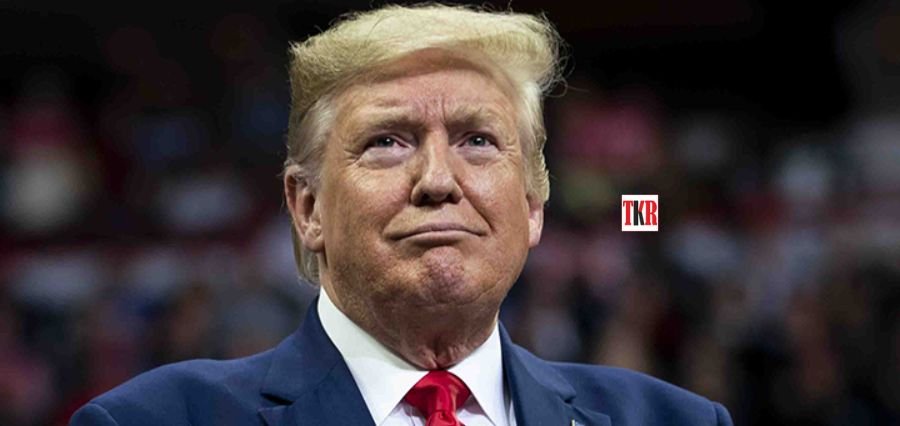Prime Highlights
- Top Court lifts gag on mass firings at U.S. Education Department.
- Trump administration seeks to shrink department and send power to states.
Key Facts
- More than 1,400 Education Department staff will be fired.
- 24-state lawsuits challenge $6.8 billion withheld in K–12 school funds.
Key Background
In a historic ruling, the U.S. Supreme Court has provided the Trump administration with an opportunity to radically reshape the Department of Education. This is following a 6–3 ruling that eliminated a federal injunction that had continued on the payroll over 1,400 employees it had sought to fire. The administration, led by Education Secretary Linda McMahon, is implementing an order designed to cut federal control in education and shift more authority into individual states.
The move, which would cut nearly 50% of the department’s staff, is part of an executive order that seeks to phase out various federal education activities. Civil rights enforcement, administration of federal student aid, and oversight of special education programs are among the functions that are assumed to be reduced or redistributed to other federal or state agencies.
Opposition was staunch. A federal court judge first shut down the plan in May, stating that it promised to cause irreparable harm to vital services. An appeals court confirmed that decision in June. But the Supreme Court decision overrides those lower court rulings, granting the administration temporary authority to move ahead.
Liberal Justices Sonia Sotomayor, Elena Kagan, and Ketanji Brown Jackson strongly dissented. Justice Sotomayor cautioned that such reorganization exceeds executive power, undermines Congressional intent, and threatens access to civil rights protection and student funding. She underscored the danger of leaving principal educational protections bare.
In the meantime, 24 states and the District of Columbia have sued the federal government for unjustly withholding $6.8 billion in funds for K–12 schools. The states contend it jeopardizes public education, especially programs for needy children. Civil rights groups and teachers’ unions second the notion, posing long-term risks to students’ welfare and national school quality.
Although the Supreme Court ruling is not final, it is a breakthrough for the federal role in education policy.









